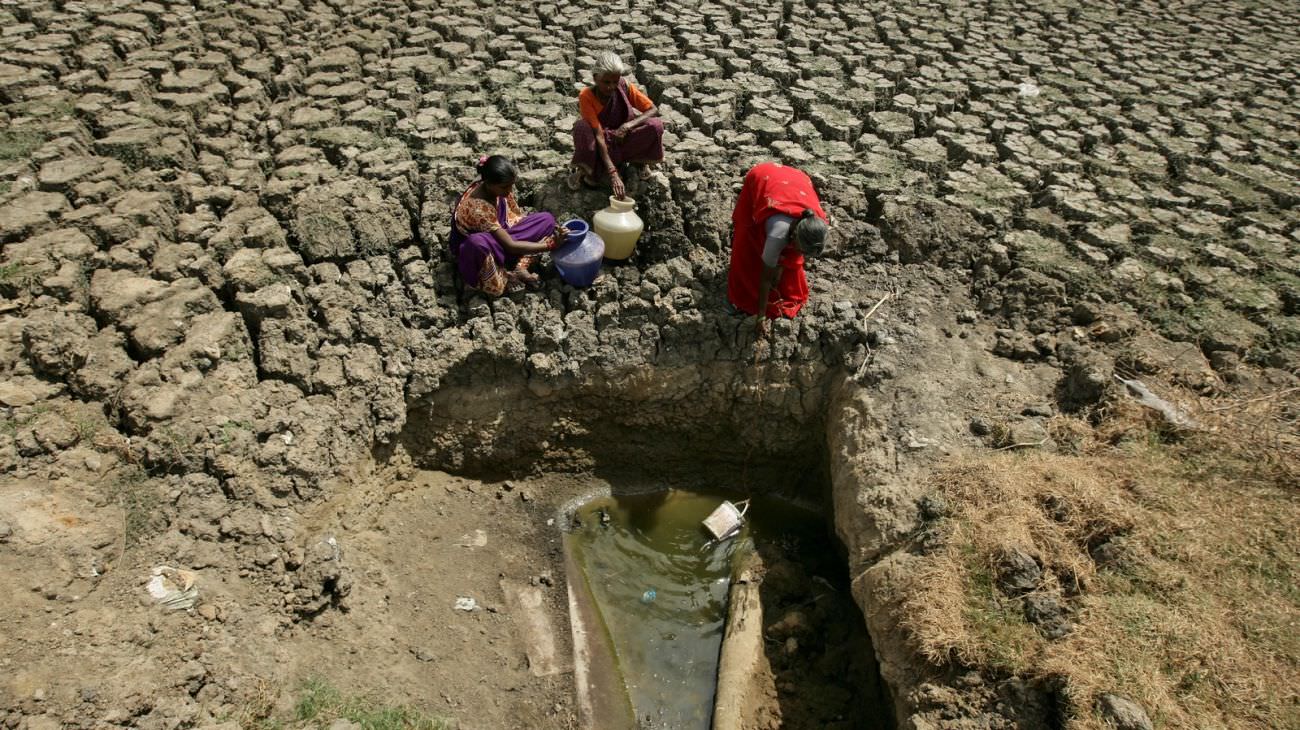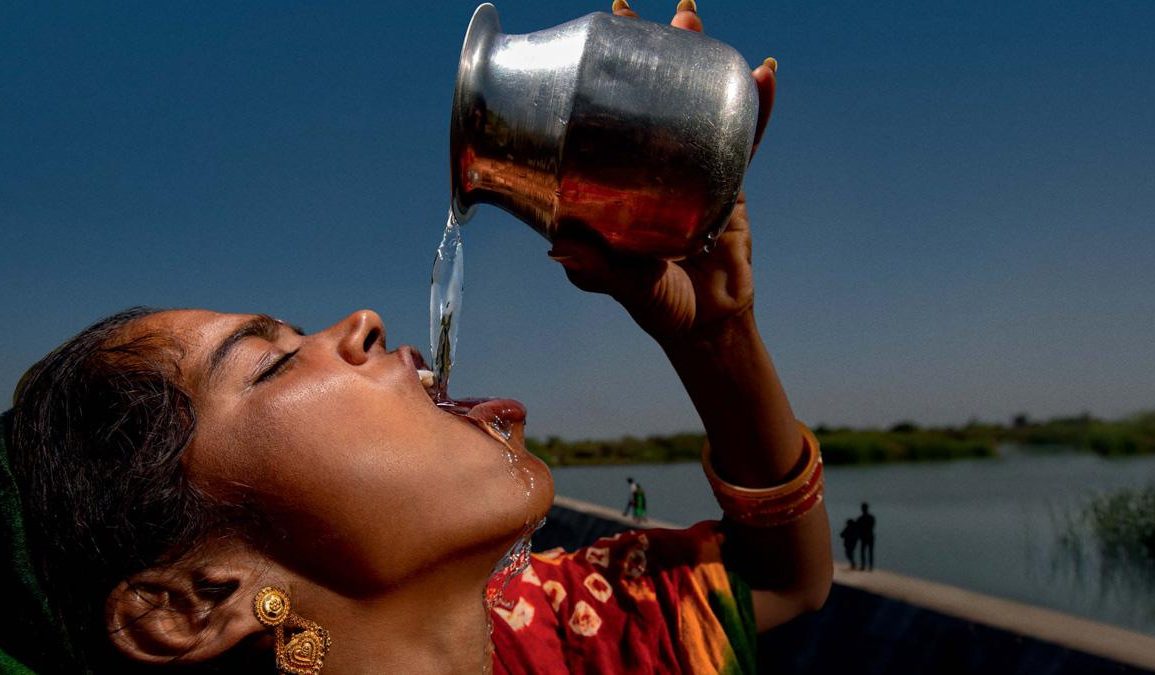India, being home to one-sixth of the world’s population, faces a daunting challenge in ensuring a reliable supply of water to its inhabitants. The country’s water scarcity has grown to alarming levels, with climate change, rapid urbanization, and inefficient water management exacerbating the issue. As the effects of water scarcity become increasingly dire, India is taking drastic measures to conserve and manage its precious water resources.
Adopting Innovative Water Conservation Technologies
In recent years, India has witnessed a surge in the adoption of cutting-edge water conservation technologies. Cities like Bengaluru and Delhi have installed smart water management systems, which utilize real-time data analytics to detect leaks and optimize water distribution. Similarly, the Indian government has launched initiatives such as the “Har Ghar Jal” scheme, which aims to provide clean drinking water to every household by 2024. This ambitious plan involves upgrading existing water infrastructure and creating a network of advanced water treatment plants.
Rainwater Harvesting and Water-Efficient Farming

Rainwater harvesting (RWH) is another crucial strategy being employed to tackle water scarcity in India. The government has incentivized individuals and businesses to install RWH systems, which collect and store rainwater for non-potable uses such as irrigation and flushing toilets. Additionally, India’s farmers are adopting water-efficient farming practices, like drip irrigation and mulching, to reduce water consumption. These initiatives not only conserve water but also promote sustainable agriculture and increase crop yields.
Community-Led Water Conservation Efforts
Beyond government initiatives, community-led water conservation efforts are gaining momentum in India. Neighborhood groups and local organizations are taking the lead in promoting water-saving practices, such as fixing leaky faucets and promoting the use of water-efficient appliances. NGOs are also conducting awareness campaigns to educate citizens about the importance of conserving water and the simple steps they can take to make a difference. These grassroots efforts not only reduce water consumption but also foster a sense of community and social responsibility.
India is facing one of its most pressing challenges in the form of water scarcity. However, by adopting innovative technologies, implementing water-efficient practices, and fostering community-led conservation efforts, the country is slowly but surely finding solutions to this crisis. As India continues to grapple with the consequences of climate change and rapid urbanization, it is crucial that both government and civil society remain committed to conserving and managing its precious water resources. With the right mix of technology, community engagement, and policy, India can emerge as a global leader in water management and ensure a sustainable future for its citizens.


